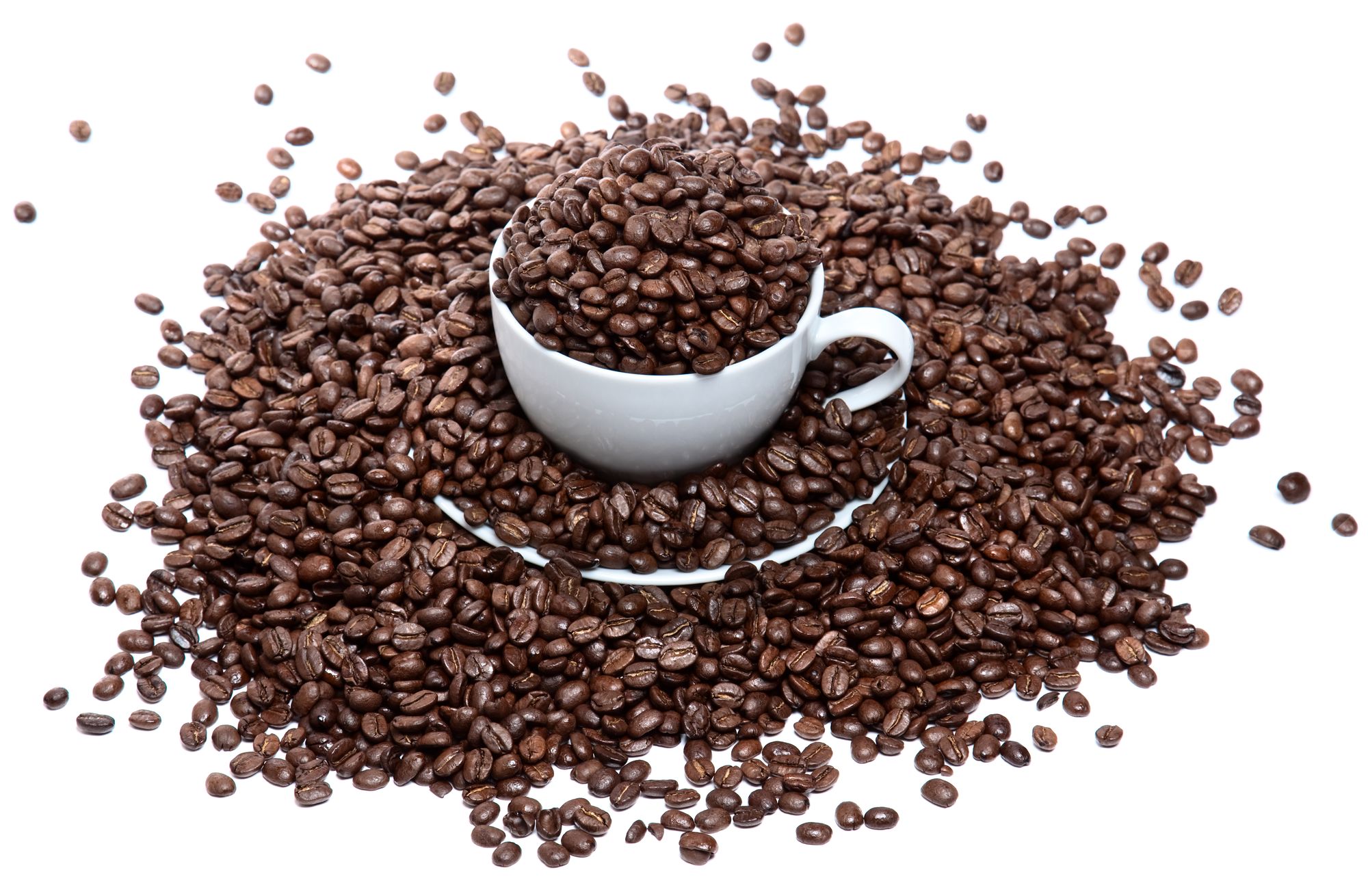For countless individuals, a morning without a steaming cup of coffee is simply inconceivable. Likewise, many rely on a caffeine boost to power through the notorious afternoon slump. Undoubtedly, caffeine offers a surge of energy and heightened mental acuity. However, it is crucial to acknowledge that there exists a boundary for the amount of caffeine one should incorporate into their daily routine to ensure safety, as excessive intake can pose significant risks.
If you find yourself among the approximately 80% of Americans who indulge in coffee or other caffeinated beverages on a daily basis, and you're eager to discover the threshold of caffeine consumption, continue reading to unravel the answer to this vital query.
Decoding the Nature of Caffeine: Unveiling Its Properties and Sources

To comprehend the extent of safe caffeine consumption, it's crucial to first grasp the true nature of this substance.
Contrary to popular belief, caffeine is classified as a drug. However, unlike sedatives that induce drowsiness and relaxation, caffeine acts as a stimulant. Specifically, this compound stimulates the central nervous system, triggering a heightened sense of alertness approximately an hour after ingestion.
Caffeine can be derived from various sources, including coffee beans, cacao beans, kola nuts, tea leaves, yerba mate, and the guarana berry. Moreover, it is commonly added to sodas, as well as other food and beverage products.
Determining the Daily Safe Caffeine Threshold
The recommended daily caffeine allowance is contingent upon several factors, such as pregnancy status, age, cardiovascular well-being, and anxiety levels. In these situations, individuals may need to either refrain from or significantly restrict their caffeine consumption.
The FDA has outlined that the majority of healthy adults should cap their caffeine intake at a maximum of 400 milligrams per day, roughly equivalent to 3-5 cups of coffee. However, as with any guideline, exceptions exist. For pregnant individuals, the American College of Obstetricians and Gynecologists advises limiting caffeine consumption to a maximum of 200 milligrams per day. Nonetheless, some experts go a step further and suggest complete avoidance of caffeine during pregnancy, as its intake has been associated with adverse health effects during this period.
Identifying the Telltale Signs of Excessive Caffeine Intake

Although 400 milligrams of caffeine may appear to be a substantial amount, it is entirely feasible to surpass this threshold, particularly if one frequents the drive-through at Starbucks multiple times a day or relies heavily on energy drinks that are brimming with this stimulating substance.
There have been cases where individuals reported seizures and an elevated heart rate after consuming excessive amounts of energy drinks. However, it is challenging to ascertain whether these effects were solely attributable to caffeine or if other ingredients in these beverages played a role.
Furthermore, evidence suggests that surpassing the daily limit of 400 milligrams is associated with an increased risk of developing an unstable bladder among women.
Higher doses of caffeine can lead to symptoms such as restlessness, anxiety, jitteriness, irritability, headaches, and even diarrhea. Some individuals may also experience gastrointestinal distress, as caffeine has the ability to stimulate the digestive tract.
Unveiling the Caffeine Content in Popular Beverages
Let's take a closer look at the approximate caffeine content in your favorite drinks:
Coffee: According to Monica Auslander Moreno, MS, RD, LD/N, a registered dietitian and nutrition consultant for RSP Nutrition, a cup (8 ounces) of brewed coffee can contain anywhere from 70-140 milligrams of caffeine, varying based on the brewing method and coffee bean used.
Espresso: Approximately 64 mg of caffeine per fluid ounce.
Decaf coffee: A cup typically contains a mere 2 milligrams of caffeine.
Black tea: On average, black tea ranges from 47-50 milligrams of caffeine per cup, influenced by factors like tea variety and steeping time.
Green tea: The caffeine content in a cup of green tea can range from 29-50 milligrams, depending on the specific variety and duration of steeping.
Coke: A 12-ounce can of Coke contains approximately 34 milligrams of caffeine.
Diet Coke: For a 12-ounce can of Diet Coke, the caffeine content is around 46 milligrams.
Pepsi: A 12-ounce can of Pepsi typically contains roughly 38 milligrams of caffeine.
Barq's Root Beer: In a 12-ounce can of Barq's Root Beer, you'll find approximately 22 milligrams of caffeine.
Mountain Dew: An energy-packed 12-ounce can of Mountain Dew contains about 91 milligrams of caffeine.
Caffeine Withdrawal: Unveiling the Potential Effects

Indeed, caffeine withdrawal is a real phenomenon that can manifest in both physical and mental aspects. According to Moreno, "You can develop a physical (and psychological) dependence on caffeine."
The most frequently reported symptoms of caffeine withdrawal include:
- Headaches
- Fatigue
- Irritability
- Anxiety
- Tremors
- Reduced concentration
Discovering Non-Caffeinated Methods to Boost Energy
While caffeine is often the go-to solution for a quick energy boost, it's not the sole remedy available. If you're looking to reduce your caffeine intake while still seeking that revitalizing effect, consider these alternative approaches:
- Incorporate exercise into your daily routine: Engaging in physical activity can naturally increase your energy levels and promote alertness.
- Embrace natural sunlight (while protecting your skin): Spending time outdoors and exposing your body to natural light can help regulate your circadian rhythm and enhance wakefulness. Remember to use sunscreen and wear a sunhat for skin protection.
- Maintain proper hydration: Dehydration can lead to fatigue and lethargy, so make sure you drink enough water throughout the day to stay properly hydrated.
- Prioritize quality sleep: Getting enough restful sleep is crucial for sustained energy levels. Establish a consistent sleep schedule and create a soothing bedtime routine to optimize sleep quality.
- Opt for a balanced mid-day snack: Choose a snack that combines low-glycemic carbohydrates, protein, and fiber. This balanced combination can provide a steady release of energy and help you avoid energy crashes.
By incorporating these strategies into your routine, you can experience a natural boost in energy without relying solely on caffeine.

